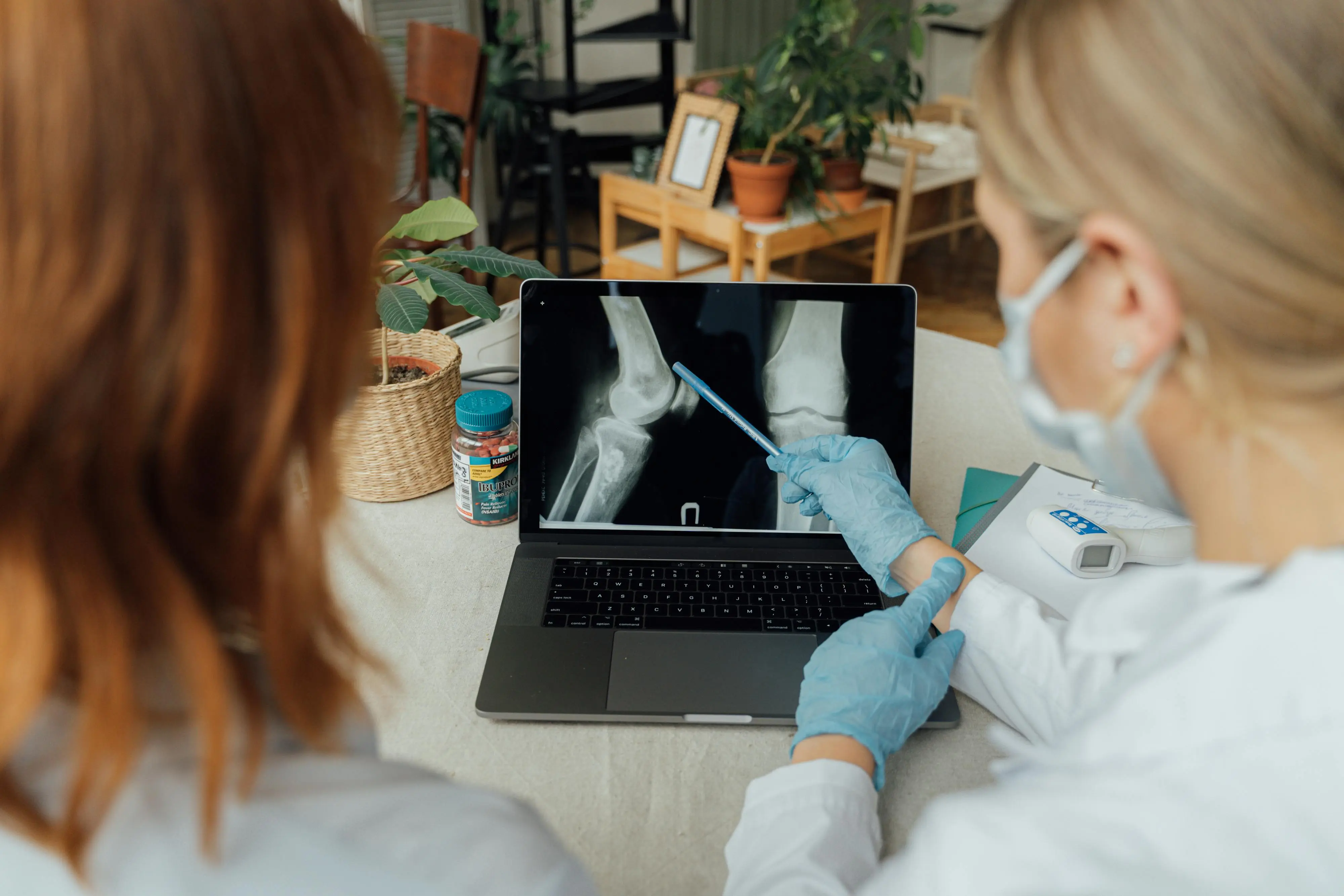Learning How To Swallow a Pill
July 16, 2025

The following information and resources have been provided courtesy of The Lurie Center for Autism, a program of Massachusetts General Hospital and Mass General for Children.
The Lurie Center for Autism is committed to advancing treatments for and knowledge about Autism Spectrum Disorder (ASD) and other developmental disorders, and translating these discoveries into exceptional clinical care. A program of Massachusetts General Hospital and Mass General for Children, The Lurie Center is a multidisciplinary treatment, research, training, and advocacy organization dedicated to supporting individuals and their families across the lifespan.
This resource is intended to provide information so that you can be better informed. It is not a substitute for medical advice and should not be used to treat any medical conditions.
Tips for learning how to swallow a pill
Swallowing a pill is an important life skill that people can learn with patience and practice. For people with Autism spectrum disorder (ASD), it can take a little more time, patience and practice to learn how to swallow a pill properly. In this handout, you will learn how to help someone in your care learn to swallow a pill.
Can the person in my care chew pills instead of swallowing them?
Sometimes. It is important that everyone learns how to swallow a pill. This can allow for more treatment options.
Some pills must be swallowed whole for the medicine to work properly. Some pills are made to release medicine slowly through the day. These are known as extended release (ER or XR) or sustained release (SR) medications. It is unsafe to chew pills that are meant to work as a longer acting medicine because a whole day’s dose of medication would be released at once.
When do people usually learn how to swallow a pill?
Most children can learn to swallow pills by age 5 or 6. Some children, teens and adults with ASD may take a little longer to learn this skill. Practice learning to swallow a pill with small, round candies first. Once the person in your care can swallow small candies successfully, they can start to swallow pills.
What are common challenges a person with ASD might face when learning how to swallow a pill?
Common challenges people with ASD might face when swallowing pills can include:
- Anxiety or fear – When people feel anxious or scared, their muscles tense up (become very tight), especially in the throat, neck and chest. Sometimes, tense muscles in these areas can feel similar to having trouble breathing. This can be scary. With time and practice, a person in your care can build confidence and learn how to swallow a pill properly.
- Strong gag reflex – Fussy eaters or people who gag easily on food and drink often struggle with swallowing pills.Taking 3 slow, deep breaths can help ease a strong gag reflex and lower anxiety.
- Various sensory issues – Pills come in different shapes, sizes, colors, tastes, smells and textures. People with ASD often have trouble with sensory sensitivities.
Where can I learn more about swallowing a pill?
- The care team at the Lurie Center for Autism
- Occupational therapy at MassGeneral Hospital for Children or in your community
- Visit www.pillswallowing.com
How can I help a person in my care learn how to swallow a pill?
Learning to swallow pills is all about practice. Here are some helpful tips when helping someone learn how to swallow a pill:
- At first, practice with small candies that are easy to swallow. Start with small candies and progress to larger ones that are close in size to the pills the person in your care will take.
- Set a good example. Show the person in your care how you, a family member or a friend can swallow a pill successfully.
- Keep practice sessions under 10 minutes. This can help prevent the person in your care from feeling too tired or stressed. Keep practice sessions as relaxed, positive and fun as possible.
- Use plenty of water or another favorite drink. Allow for big gulps.
- Try different head positions, such as; head tilted back, slightly forward, in the center, to the left and to the right. Discover which head position suits the person in your care best.
- Use a straw to drink with the candy or pill already in the mouth. This can help the person in your care focus on the suction of the straw instead of the candy or pill in their mouth.
- Offer yogurt, applesauce, ice cream, cake icing or a thick drink with the pill to help it go down easier.
- If the person in your care goes to school, ask the occupational therapist to add the life skill of pill swallowing to the Individualized Education Plan (IEP).
Which size candies can I start with?
Start small and gradually increase as tolerated.
- Cake decorating balls or sprinkles
- Tic-Tacs®
- Mini M&M's®
- M&M's® or Smarties®
- Gummy bears cut into smaller pieces
- Good & Plenty® or Mike and Ike®
How to swallow a pill
- Have a few sups of a drink to moisten the mouth and throat.
- Place the pill into the center of the mouth. Avoid placing the pill in the back of the mouth. This can make swallowing more challenging and possibly trigger a person's gag reflex.
- Take a big sip of the drink. Try using a plastic water bottle to squeeze a large gulp of water to swallow.
- Look at the floor. In doing this, the pill will float to the back of the mouth so it will be easier to swallow.
Once this skill is learned, remembering to take medication consistently can be the next challenge. A pill reminder app can send discreet notifications to help make sure doses aren’t missed, reducing stress for both caregivers and individuals learning this important life skill.
Human Health, MassGeneral Hospital for Children and Massachusetts General Hospital do not endorse any of the brands listed on this handout.
This is a div block with a Webflow interaction that will be triggered when the heading is in the view.
















.png)

